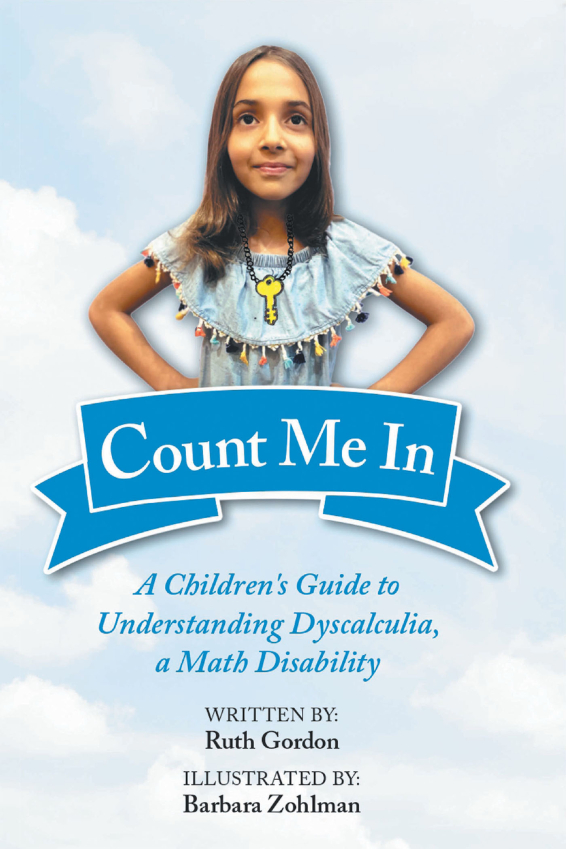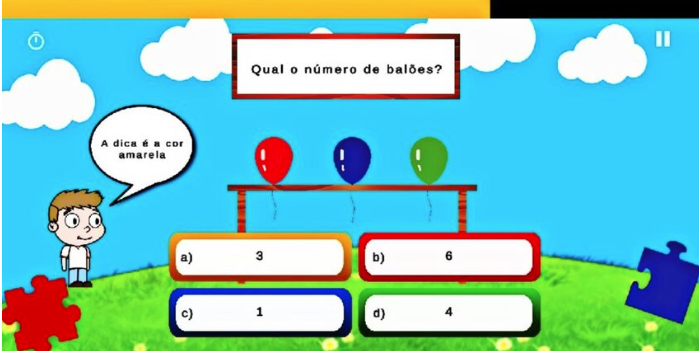Picture two tall trees, each unique in its own way but still standing tall and proud. Now imagine, as kids, we have the ability to climb to the top of each tree and survey the landscape from different perspectives. That’s exactly what comparing and contrasting skills do for our young minds.
They help kids explore the world, discover similarities and differences, and gain a deeper understanding of the subjects they’re studying. These skills are like a magical set of binoculars, allowing kids to zoom in and out, examine things from different angles, and gain a more complete picture of the world around them.
Compare and contrast activities are an essential part of education, as they help students develop critical thinking and analysis skills. These activities involve identifying similarities and differences between two or more items, concepts, or ideas and can be used across a variety of subjects and grade levels.
Furthermore, they can be used in a variety of ways, such as group discussions, debates, graphic organizers, and writing assignments, making them versatile in the classroom. Hence, below are some intriguing and engaging compare-and-contrast activities with steps and benefits that must be tried in the classroom.
Interesting compare-and-contrast activities for the classroom
An engaged classroom is where the most learning happens, hence, the compare and contrast activities mentioned below can be the perfect choice for any classroom to maximize learning.
1. Sorting
Much like the skimming and scanning activity, sorting is an active learning activity in which students categorize a set of items into different groups based on their similarities and differences. This activity can be used to compare and contrast different topics or concepts.
To conduct a sorting activity, following these steps, teachers can go ahead and choose items that can be grouped based on shared characteristics or attributes, such as animals, shapes, colors, or historical events. They can then specify a set of categories that the items can be sorted into, such as size, type, or function.
Then, each student must be given a set of items to sort and the students can group the items into the appropriate categories. To add a Q&A factor students can be asked to discuss their sorting choices and justify why they placed an item in a particular category.
After sorting, students can also review their work and reflect on the similarities and differences between the items and categories and then finally share their insights with the class.
2. Compare and Contrast Rankings

Children of all ages have a favorite and a hated object, based on very simple criteria that get complex with age. Hence, using this insight, this activity teaches kids to compare and contrast different rankings based on certain criteria and helps them understand the concept of ranking systems.
Teachers can simply choose a topic for ranking, such as favorite fruits, modes of transportation, or sports teams, and give each child a list of items related to the topic. Next, the children can rank the items in order of preference or based on other criteria, such as speed or popularity.
They can then be asked to share their rankings with the group and the group can discuss any similarities and differences in their rankings, and have them explain their reasoning for each ranking. To reinforce the concept of compare and contrast rankings, this activity can be conducted with various kinds of concepts or objects.
3. The Venn Venture

Venn diagrams are a visual tool that can help students organize information and identify connections between different concepts. They also help students understand the relationship between different items, concepts, or ideas and develop critical thinking skills.
They are a type of graphic organizer that consists of two or more circles that overlap in the center. Each circle represents an item, concept, or idea, and the overlap represents similarities. The area outside the overlap represents differences.
To carry out the activity, teachers can begin by dividing the class into small groups or having students work individually. They can then provide the students with two or more items, concepts, or ideas that they need to compare and contrast.
After the students have identified similarities and differences between the items, concepts, or ideas and record them in the appropriate section of the Venn diagram, they can be asked to present their Venn diagrams to the class and discuss their findings. Hence, this can also be a great activity to teach about Venn diagrams.
4. Picture analysis

A simple and straightforward compare and contrast activity for kids, picture analysis can be a great way to engage children in an analysis. For this activity, students will need a set of images or pictures of the two subjects they are comparing and contrasting.
Teachers can start by explaining the purpose of the activity, which is to analyze the pictures and identify the similarities and differences between the two subjects. Then, moving ahead, students working in small groups or pairs to study the pictures and make notes on what they see or simply keeping a track of their observations. Finally, students can be allowed to present their findings to the class, discussing the similarities and differences they found and why they are important.
5. Storyteller

Storytelling is a talent and with practice, it can be nurtured. Through the storyteller activity, children can learn to voice their ideas with conviction. This activity can be done individually or in small groups. Teachers can explain the purpose of the activity, which is to create a short story or skit that incorporates both subjects they are comparing and contrasting, highlighting their similarities and differences.
Once they are divided, students can brainstorm ideas for the story or skit, taking into consideration the perspectives and attitudes of the two subjects they are representing. Then, students can write and rehearse their stories or skits, making sure to highlight the similarities and differences between the two subjects. Finally, students can be asked to perform their stories or skits for the class, encouraging the audience to ask questions about the story and provide feedback.
6. Contrasting Collage

A “Contrasting Collage” is a creative activity where students use visual elements to compare and contrast two subjects. Students are typically given two subjects, such as two historical figures, two different types of animals, or two different cultures. They then use magazine cutouts, paint, or other mediums to create a visual representation that illustrates the similarities and differences between the two subjects.
For example, if the subjects are two animals like a horse and a zebra, the students might create a collage that shows one animal with a different set of colours and features such as tall height, and the other one with stripes of black and white.
This activity allows students to think critically and creatively about the subjects they are comparing and contrasting, and it can also help them to better understand and remember the key differences and similarities. Additionally, it allows students to express their understanding in a creative way, and it allows teachers and peers to visualize their understanding of the topic.
7. Dual Perspective Debate

A “Dual Perspective Debate” is an activity where students are assigned to role-play a figure or character and present their perspective on a given event or issue while also acknowledging and responding to the perspective of another figure or character. In this activity, students are assigned two different figures or characters, and they are given a specific event or issue that relates to both of them. For example, for the characters of red riding hood and the Wolf, students would research and prepare a debate based on the point of view of their characters.
The students would then present their arguments in a formal debate format, highlighting the similarities and differences in their characters’ perspectives on the event or issue. Students should also consider the context and background of their characters, like their actions, values, previous experiences, and the consequences they faced. For instance, the wolf is deceptive because he’s a predator and red riding hood was innocent, as she had no prior experience with the wild.
This will allow them to present a more accurate and nuanced representation of the characters’ perspectives. This allows students to practice critical thinking, research skills, and public speaking, and it can also encourage empathy as students try to put themselves in someone else’s shoes. Hence, this can also be a great empathy activity.
8. Map Match:

This is an activity that would not only help the kids with compare and contrast skills but will also help them bundle with geography. Serving as a geography game, the kids have to compare 2 different maps. These could be maps of two different countries, cities, continents, or even 2 different maps of countries over 100 years.
Students will now mark the comparing and contrasting factors between the two maps. For example, the contrasting factors between the 2 compared countries, or the contrasting factors between the 2 maps of the same county in the last 100 years. This will not only help the students to get a grasp of the skill but is an excellent way to help students comprehend the geographical similarities and map understanding.
Conclusion
Compare and contrast activities are like a secret garden of understanding and growth, ready to be explored by students. They offer a unique and dynamic way to delve deeper into a subject, uncover connections and similarities, and evaluate and analyze information in a meaningful way. These activities can be adapted to suit different learning styles and abilities and can be used to enhance understanding and engagement across a wide range of subjects.
They are a powerful tool for developing critical thinking and analysis skills, as well as for encouraging active learning, collaboration, and creativity. And like a secret garden, compare and contrast activities offer a hidden oasis of knowledge, waiting to be unlocked by curious and adventurous minds.




